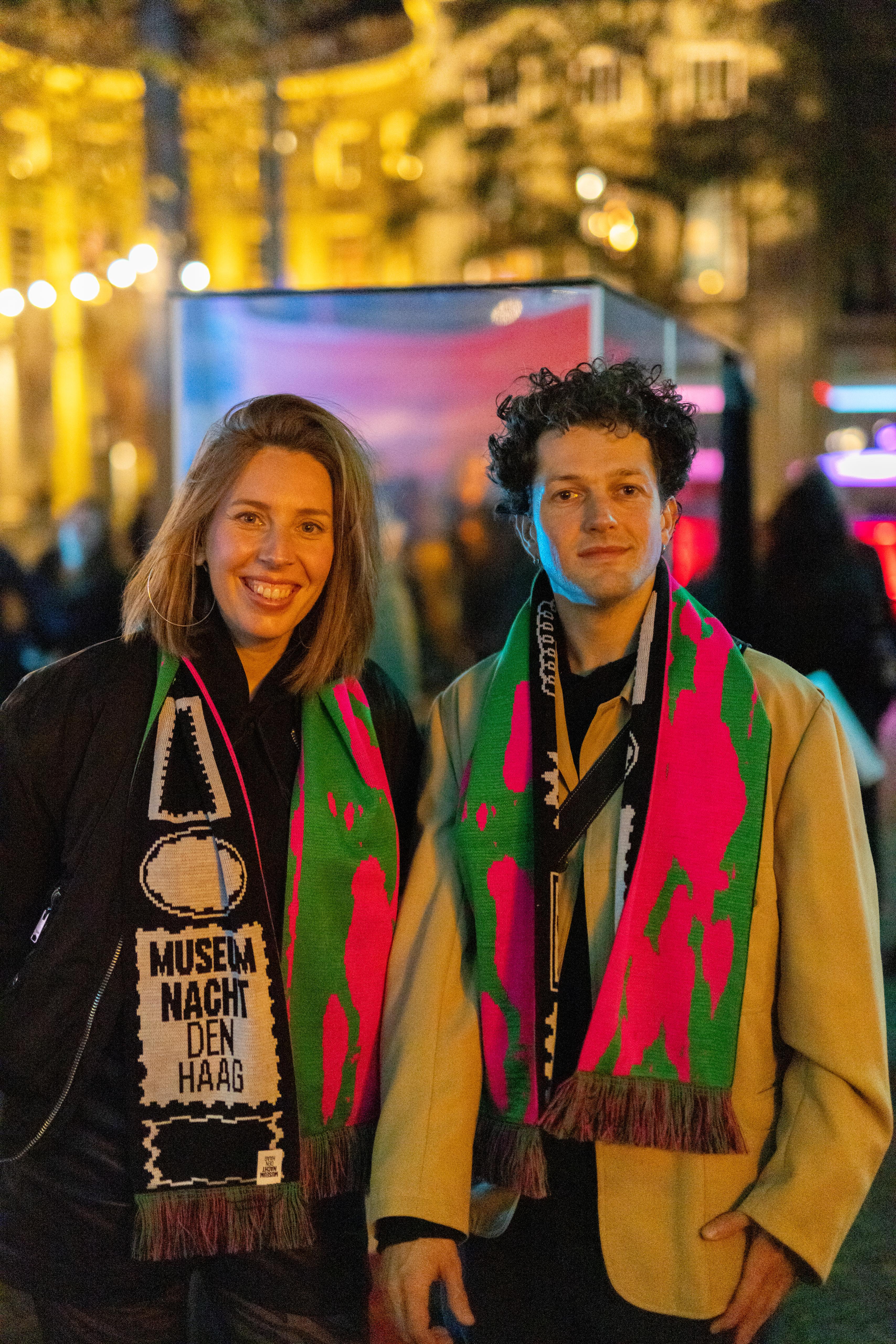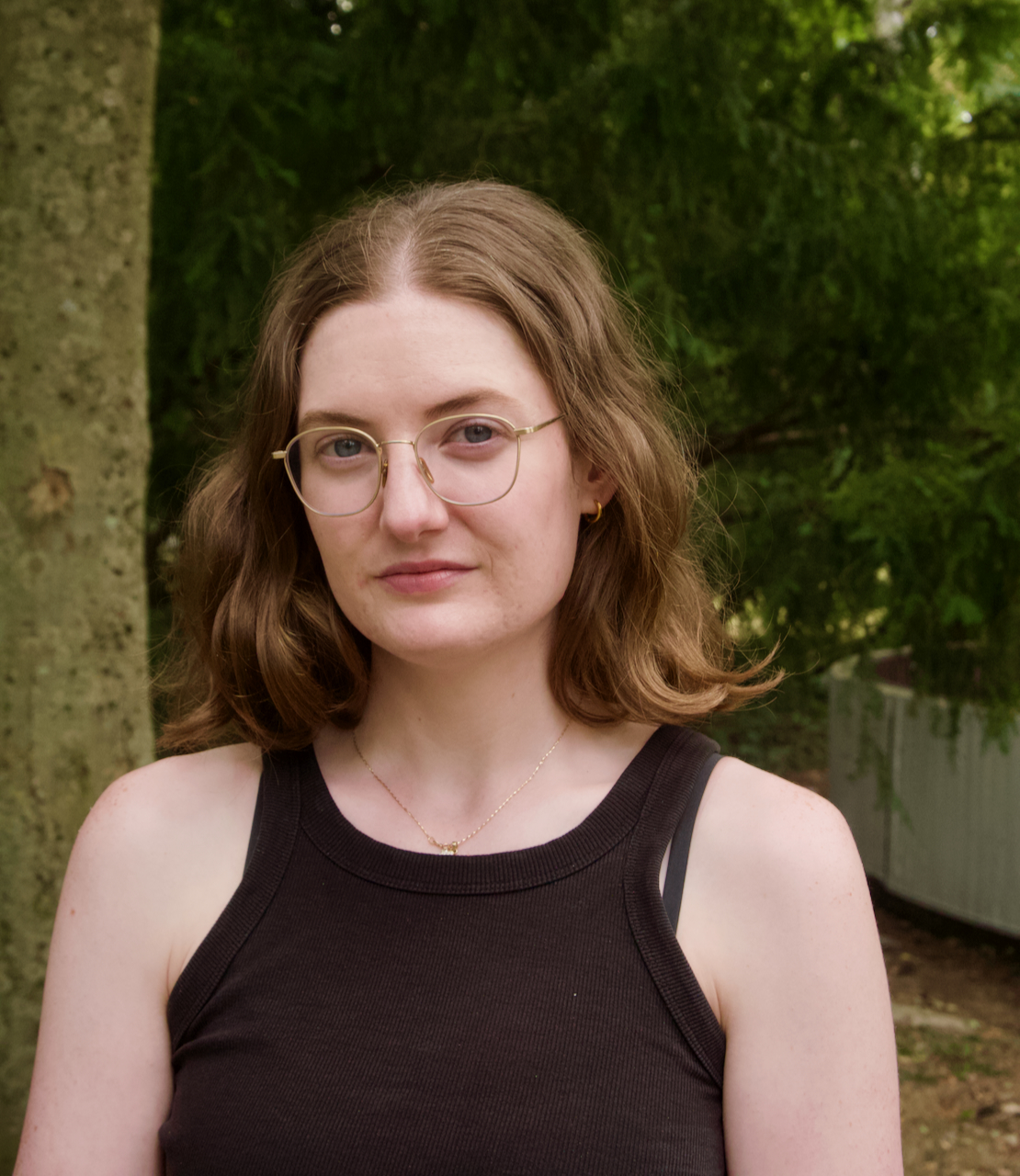Ann Conefrey, a Graphic Designer with over three decades of experience, embarked on a unique trajectory in her profession. Driven by her personal experiences and a commitment to inclusivity, Ann has cultivated a niche in tactile design, focusing on creating accessible experiences for individuals with visual impairments. As she nears the end of her Master's degree in Design at Piet Zwart Institute, we sat down with Ann to delve into her motivations, challenges, and aspirations as she navigates the final stages of her academic pursuit.

Ann, your journey into tactile design is fascinating. Could you share how you initially ventured into this field?
"Certainly. My journey into tactile design began over a decade ago when I realized the lack of accessible materials for individuals with visual impairments, particularly for my daughter, who is blind. This personal experience ignited a passion within me to bridge this gap through design. I started by creating tactile reading books and picture books tailored for blind children, gradually expanding my practice to encompass a broader spectrum of tactile experiences. Over the years, I've collaborated with artists, educational institutions, and advocacy groups to champion inclusivity in design."
What motivated you to pursue a Master's degree in Design?
"The decision to pursue a Master's degree stemmed from a desire to delve deeper into my practice and explore innovative avenues within tactile design. Despite being a seasoned professional, I felt there was still much to learn and discover, especially in the realm of sensory communication. The part-time format of the program appealed to me as it allowed me to balance my academic pursuits with work and family commitments, albeit with its intensity."
As you near graduation, what is the focus of your research project?
"My research revolves around enhancing tactile communication, emphasizing not only functionality but also the holistic sensory experience. I've been delving into tactile imagery, particularly its application in enhancing poetry for individuals with visual impairments. This exploration aims to redefine tactile graphic design as a discipline and establish its significance in fostering inclusivity beyond the visually impaired community."
How do you perceive the pressure of graduation, considering the scope of your project?
"While there is undoubtedly pressure, I approach it with a pragmatic mindset. Balancing various aspects of my life and project requires meticulous planning and prioritization. The challenge lies in distilling the essence of my research while embracing creativity and experimentation. Additionally, integrating film and photography into my project adds another layer of complexity but also enriches the sensory experience."
Looking ahead, what excites you the most post-graduation?
"I'm eager to leverage the knowledge and networks cultivated during my Master's program to initiate collaborative projects and advocate for inclusivity in design. Establishing partnerships with fellow designers, artists, and educational institutions holds immense potential for driving meaningful change in the design landscape."
Finally, what are your dreams for the future of your practice?
"My ultimate aspiration is to catalyze a paradigm shift in design, where inclusivity and tactility are inherent principles rather than niche considerations. I envision a future where tactile design transcends boundaries, enriching experiences for diverse populations and fostering a more inclusive society."


